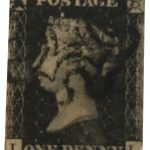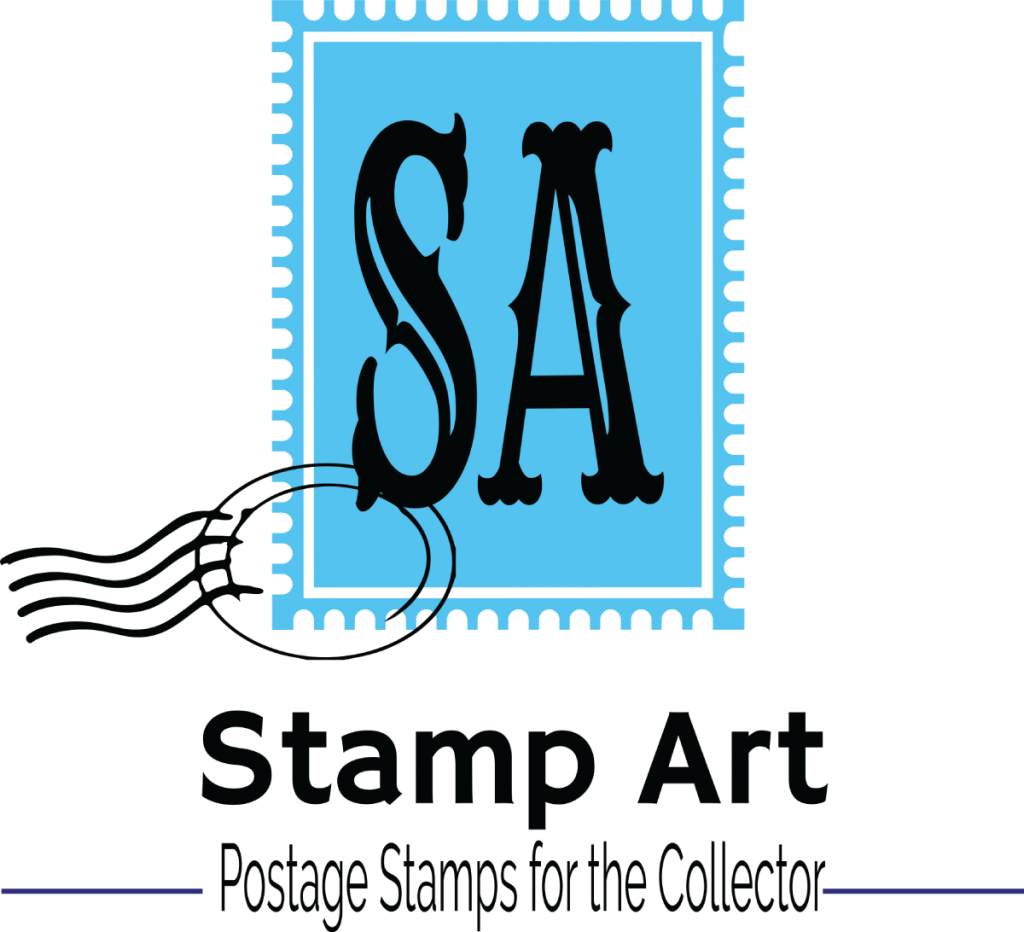A History of Stamps
Welcome to our Site
HISTORY OF STAMPS
 A schoolmaster in England, Sir Rowland Hill, is credited with inventing the first adhesive stamp in 1837. He is also credited with creating the first uniform postage rates based on weight. The first stamp ever issued occurred May 1, 1840 in Great Britain and is known as the Penny Black. Great Britain is the only country in the world that’s country name does not appear on their stamps.
A schoolmaster in England, Sir Rowland Hill, is credited with inventing the first adhesive stamp in 1837. He is also credited with creating the first uniform postage rates based on weight. The first stamp ever issued occurred May 1, 1840 in Great Britain and is known as the Penny Black. Great Britain is the only country in the world that’s country name does not appear on their stamps.
In the United States, postal service began with stamp less letters, with the person receiving the letter covering the cost. The first US adhesive stamp was not issued until July 1, 1847 in both 5 & 10-cent denominations. The sender of the letter bared the cost of the postage. Stamps became mandatory on letters in 1855. In the 1890’s the US Post Office began selling stamps as collectibles to increase revenue. As a result, they began issuing commemorative stamps featuring such events as National Expositions and American historical events. Prior to that time the face or bust of an American president was used. As technology increased, special stamps were issued including airmail, registered, certified, and zeppelin mail as well as postage due. The latter was used when the sender applied insufficient postage; the receiver became responsible for the amount due.
 Stamps today are now self-adhesive, no longer requiring “lickum and stickum”. Countries around the world issue stamps made from various materials including paper, ceramic, leather, Swarovski crystals, beads, as well as materials such as volcanic ash. In addition, many stamps are “scratch & sniff” (with the fragrance of fruit, chocolate or flowers), or holographic, embossed and engraved. Countries cater to collectors issuing stamps that are topical in nature including subjects that include sports figures, literary figures (the Hobbit and Harry Potter to name but a few), comic book figures, historical events, stamps in the shape of butterflies, whales, penguins, birds, music, religion, art work by Van Gogh, Michael Angelo and many more.
Stamps today are now self-adhesive, no longer requiring “lickum and stickum”. Countries around the world issue stamps made from various materials including paper, ceramic, leather, Swarovski crystals, beads, as well as materials such as volcanic ash. In addition, many stamps are “scratch & sniff” (with the fragrance of fruit, chocolate or flowers), or holographic, embossed and engraved. Countries cater to collectors issuing stamps that are topical in nature including subjects that include sports figures, literary figures (the Hobbit and Harry Potter to name but a few), comic book figures, historical events, stamps in the shape of butterflies, whales, penguins, birds, music, religion, art work by Van Gogh, Michael Angelo and many more.
The hobby of stamp collecting is known as Philately with the hobbyist known as a Philatelist. This hobby truly has something for everyone and we encourage all to read about and explore its many facets.

